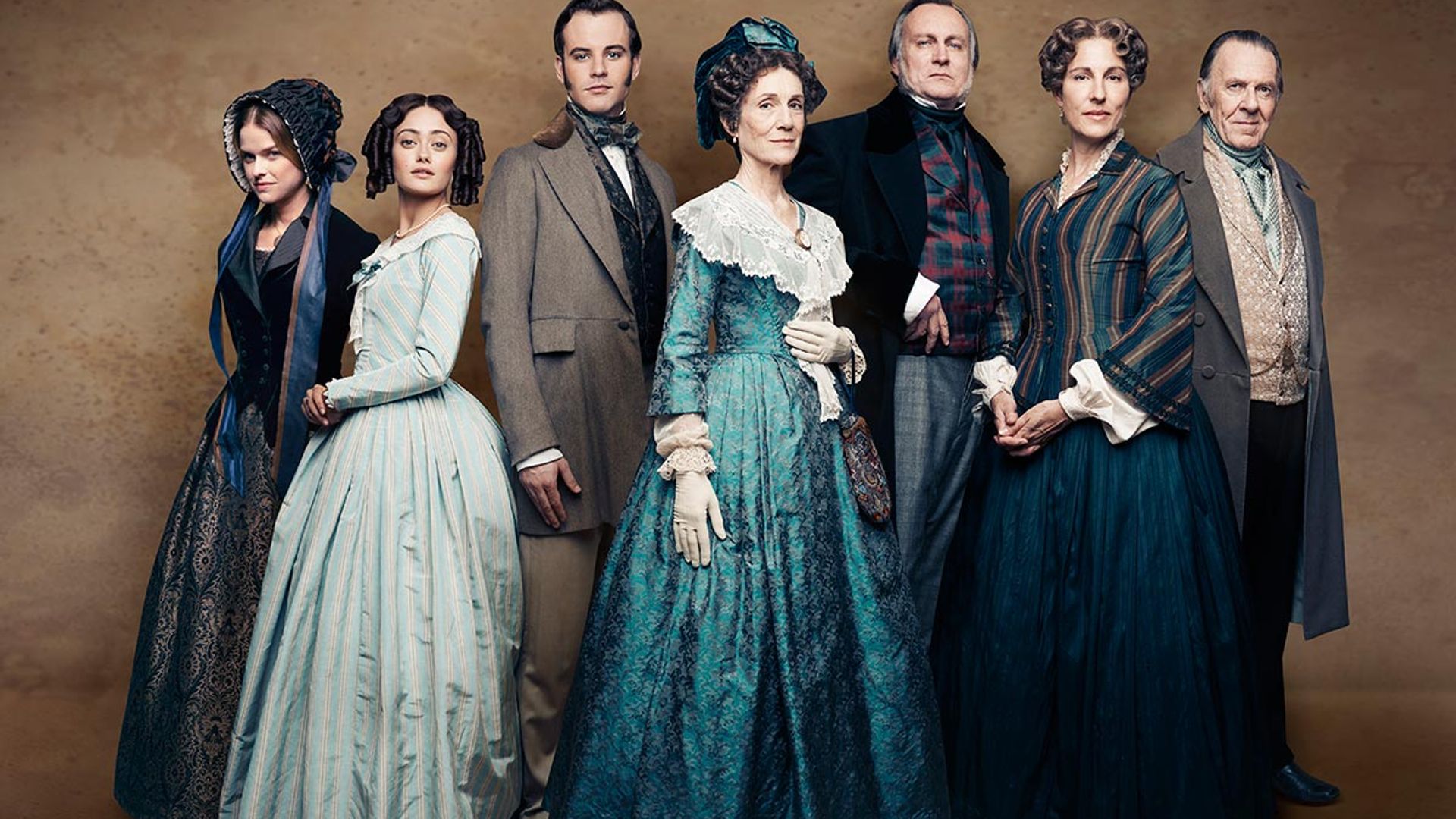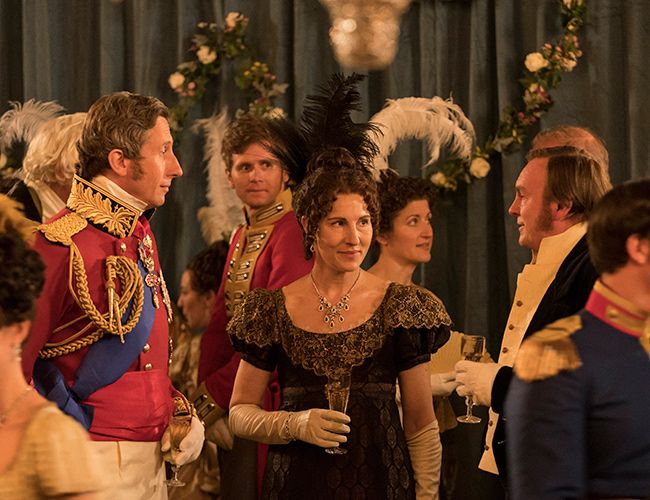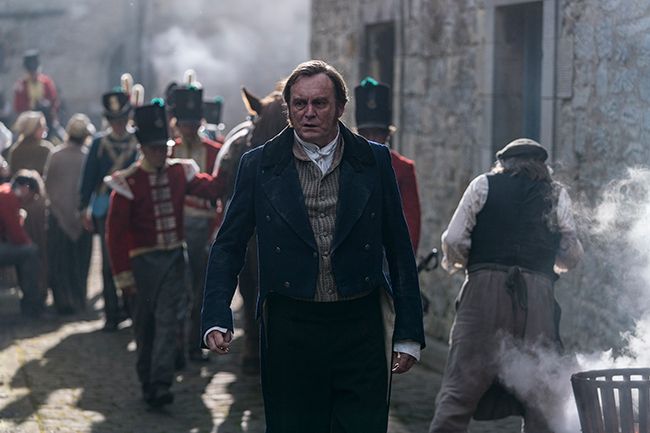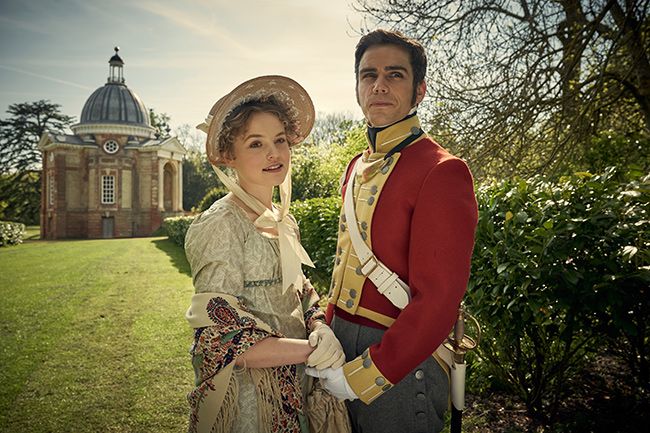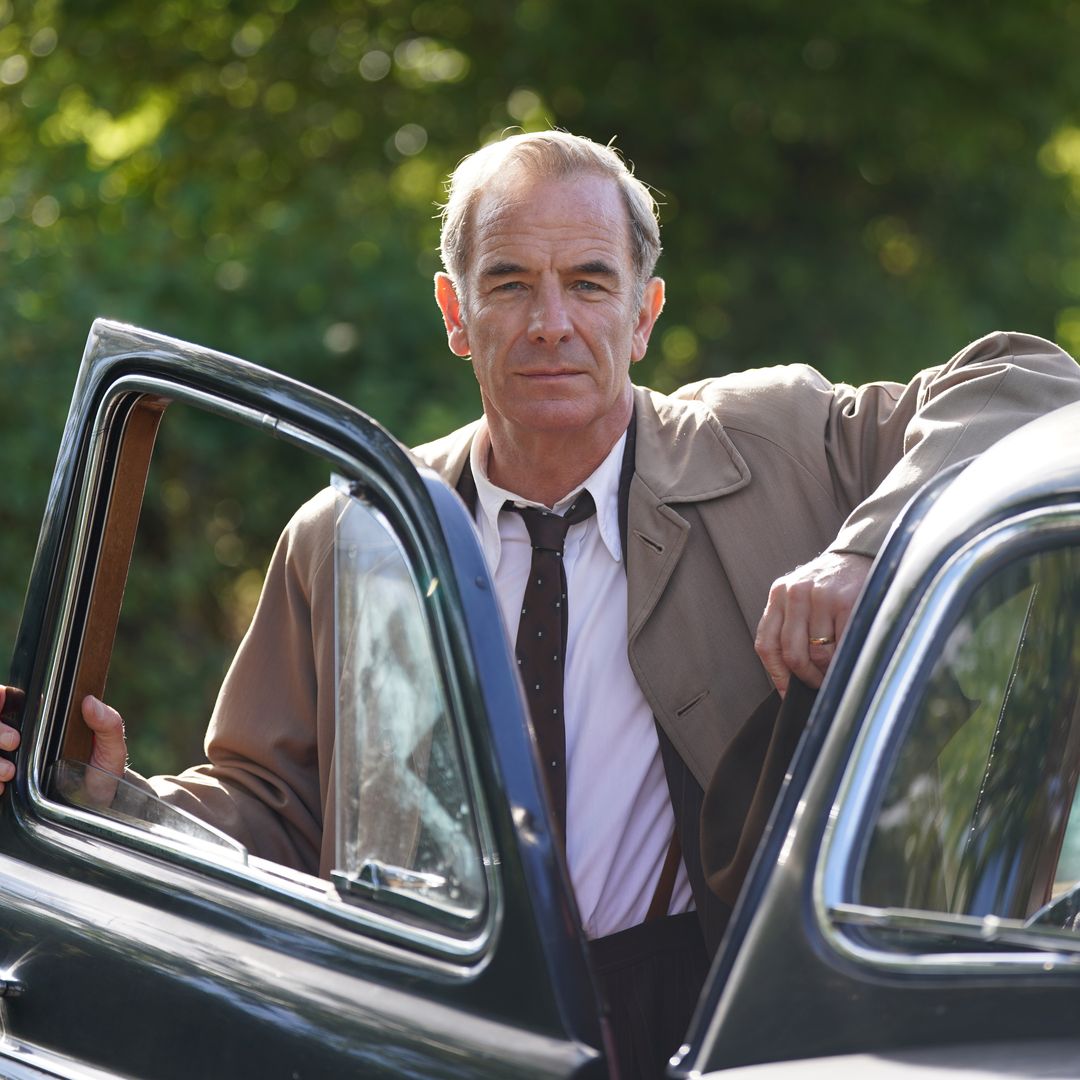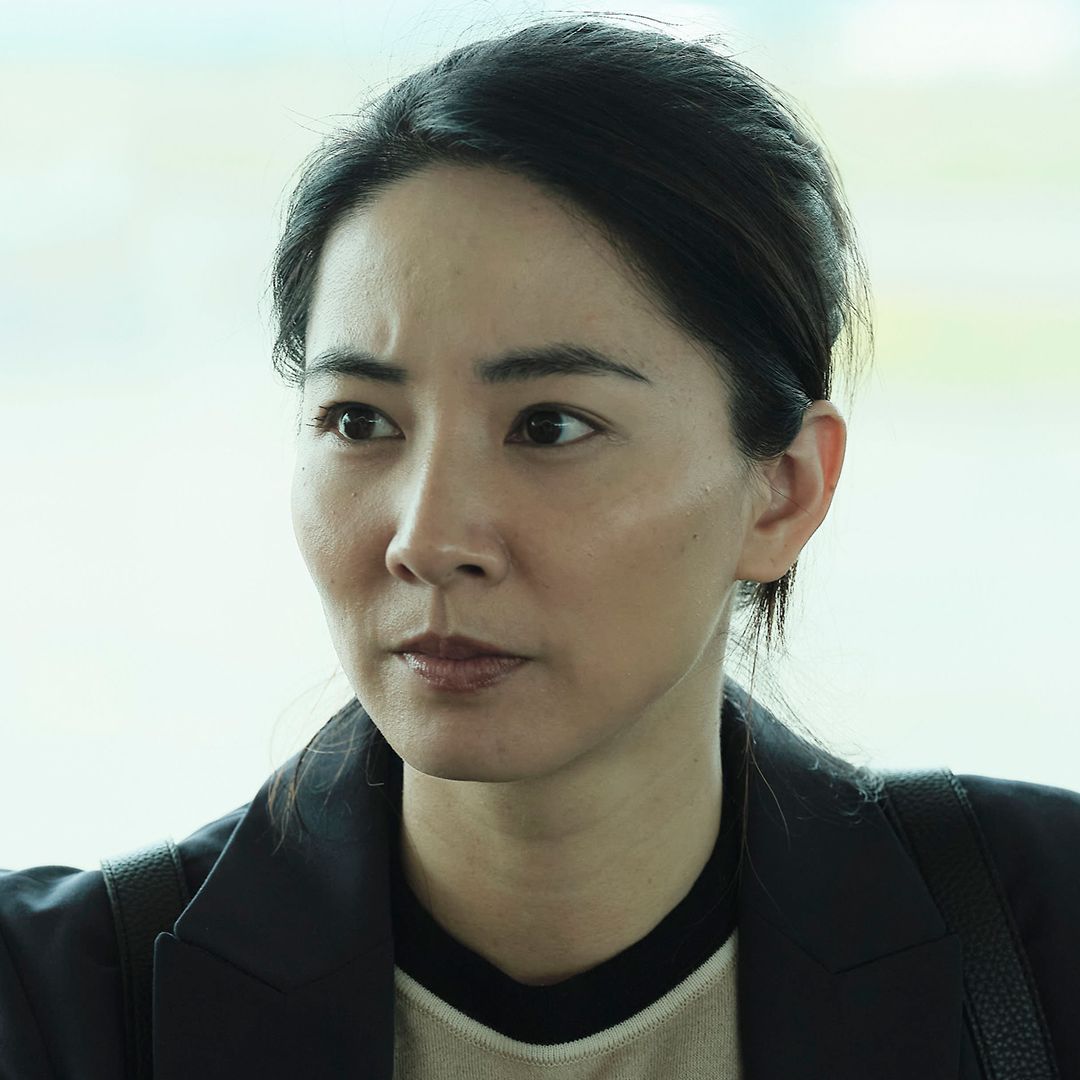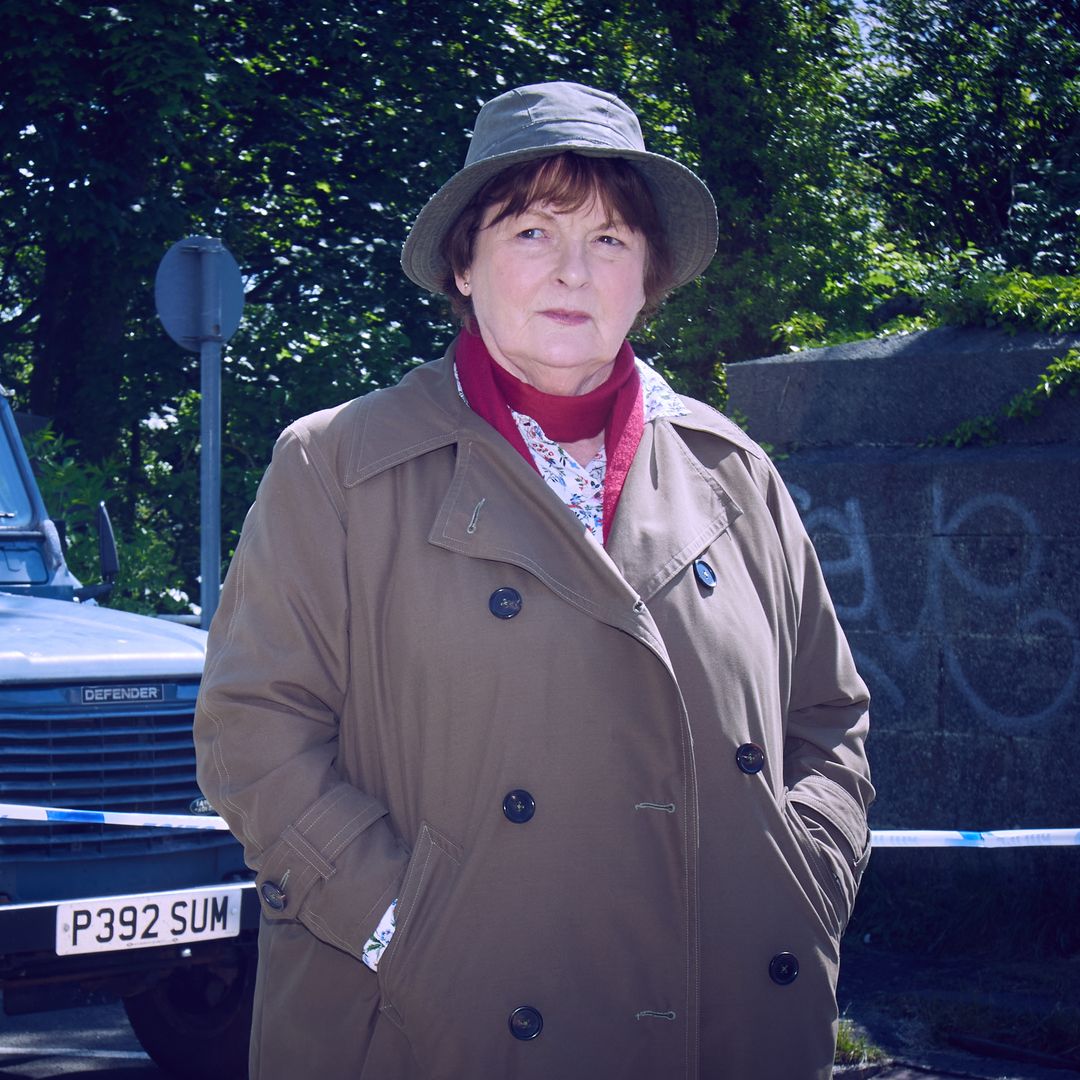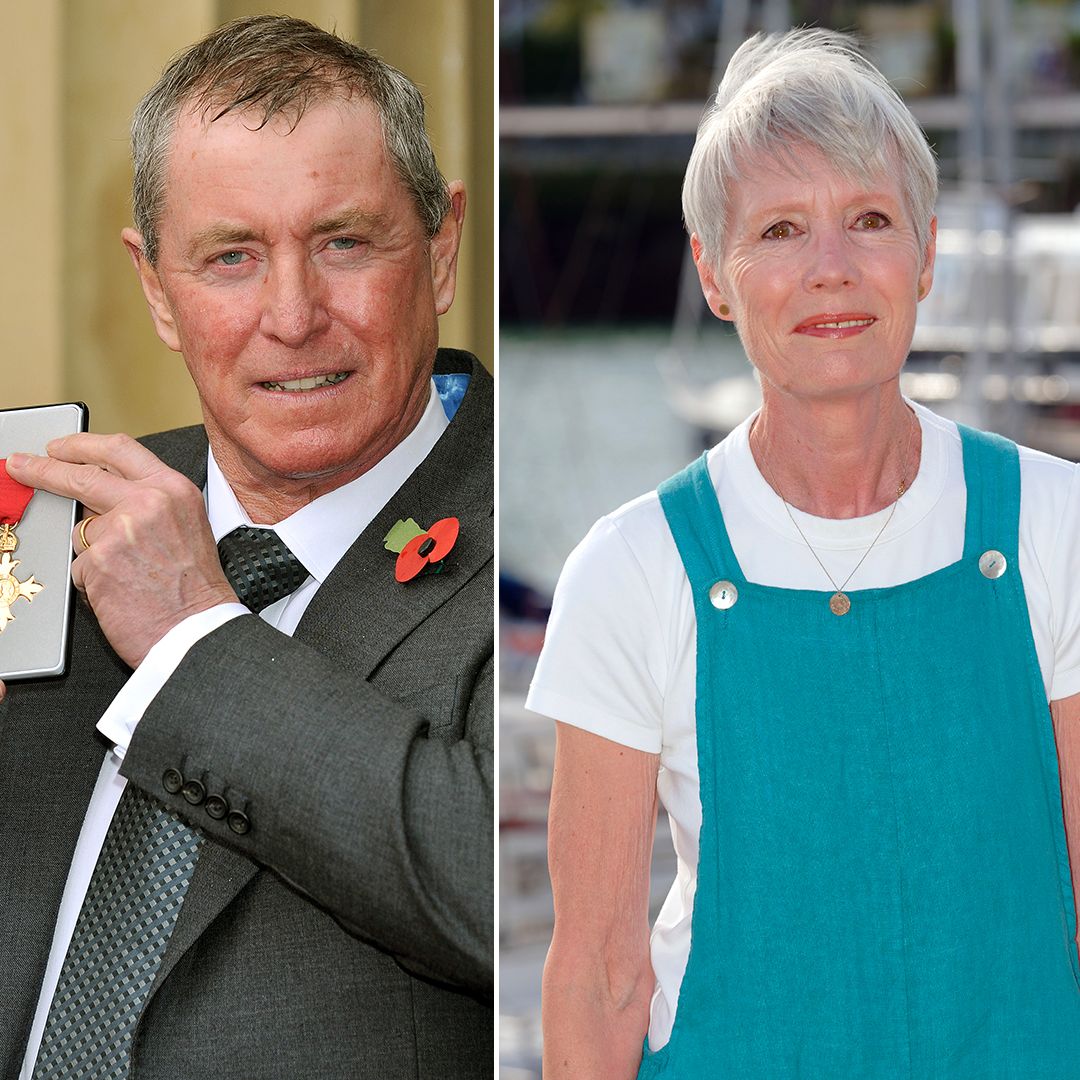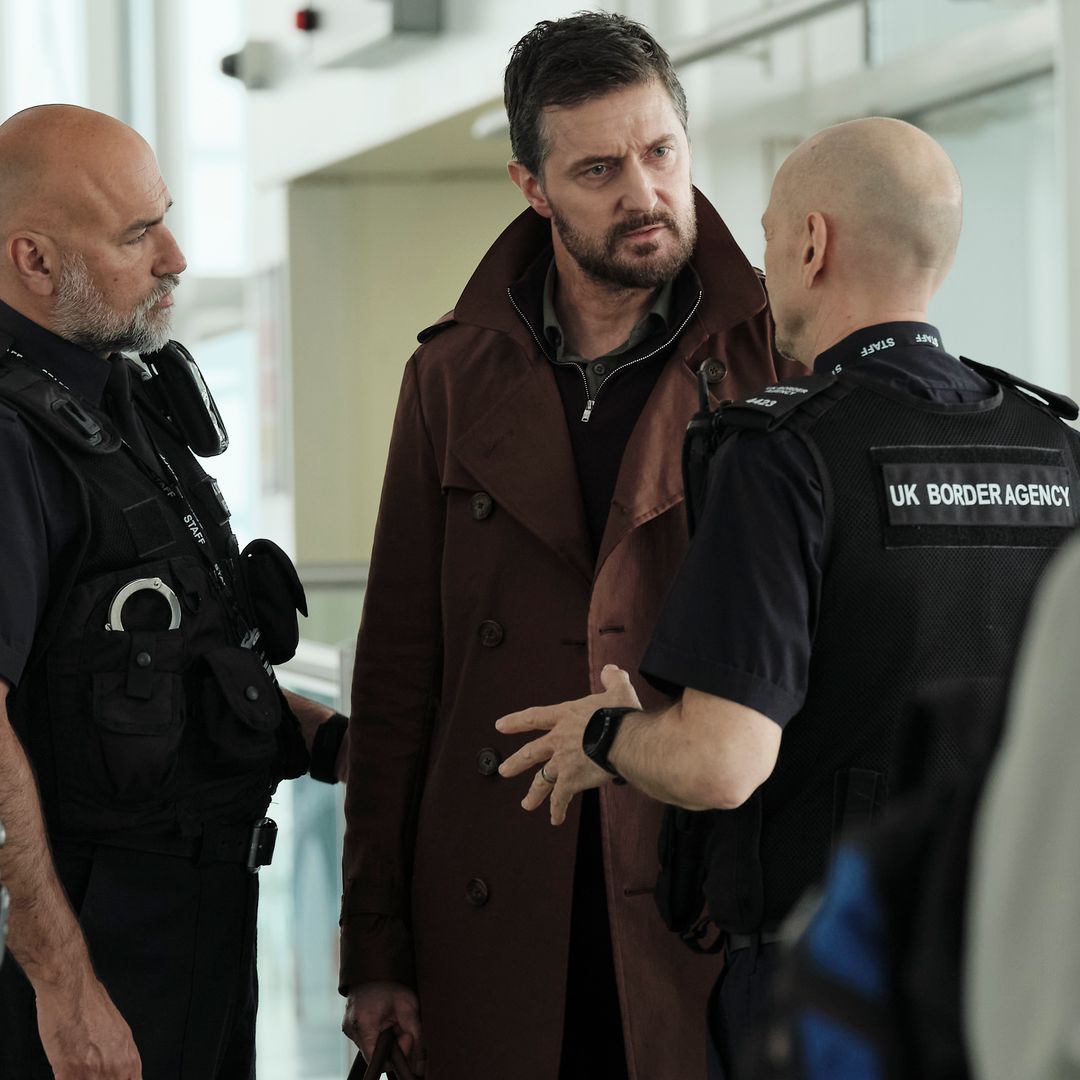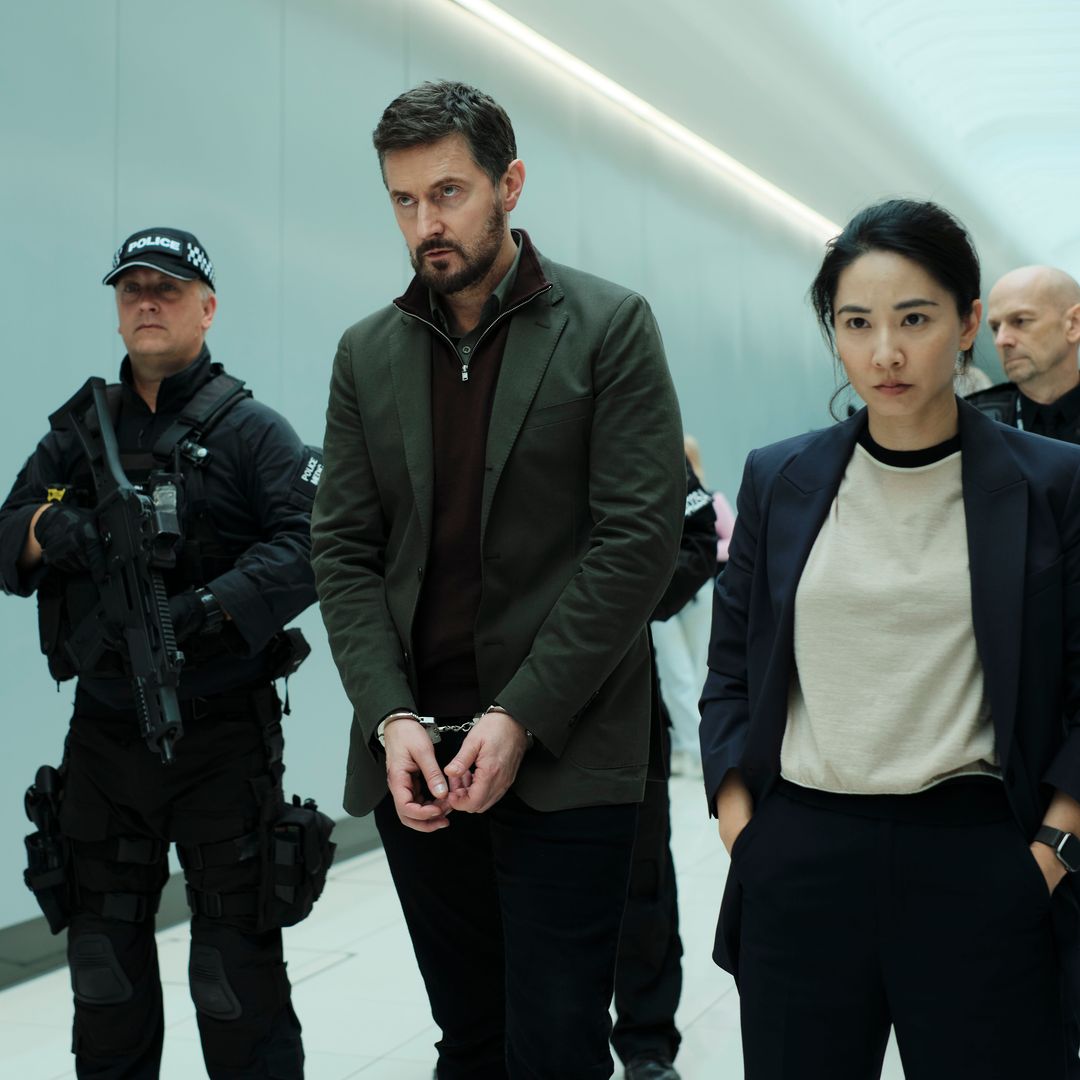Sometimes there's nothing better than sitting down and escaping to a whole different world in the form of a period drama, and Belgravia does exactly that. The show, written by Downton Abbey creator Julian Fellowes, has had viewers hooked since it began last month thanks to its scandalous plot and drama-filled episodes, but just how much of it is true? If you're wondering whether the events and people that make up the ITV show are true to life, then fear not as we've done some investigating. Here's all there is to know about what is fact and what is fiction in Belgravia…
WATCH: Belgravia official trailer
What is Belgravia about?
Belgravia tells the story of the secrets and scandals among the upper echelons of society in nineteenth century London. The show is based on Julian's novel and focuses on the Trenchards, whose place in the aristocratic society of London's Belgravia is put at risk when a decades-old love affair comes back to haunt them. Set in the 1800s, the series began with the backdrop of the Duchess of Richmond's ball and the Battle of Waterloo. Fast forwarding 30 years, the drama then focuses on how the Trenchard family has changed in that time, as well as focusing on the Brockenhurst dynasty, and the familial tie between the two.
Is Belgravia based on fact?
Although there are many aspects of the drama that are historically accurate such as the Battle of Waterloo and the Duchess of Richmond's ball (more on that later) the plot itself is not real and based on Julian's 2016 novel of the same name. The story of the Trenchard and Brockenhurst family is fictional, although Julian did reveal he was inspired by true events when writing the plot.
MORE: Viewers have noticed a very special link between two characters in Belgravia
The Duchess of Richmond's ball featured as a backdrop on the show
Which parts of Belgravia are true?
The first episode of Belgravia saw Anne and James Trenchard's only daughter Sophia duped into an illegitimate marriage by her lover Edmund Bellasis, who went on to fight and die in the Battle of Waterloo. Speaking at the launch of the show, Julian Fellowes told HELLO! and other reporters that this plotline was based on a real story. "I mean, I don't know that it was common, but it certainly did go on. And the story of Lord Barclay is completely true," he began. "It's a rather tragic story actually, because he first of all seduced her with a false cleric pretending to marry them, and they were very happy. And after they've had about three children, he married her for real."
MORE: Make your loved one’s day with a thoughtful HELLO! magazine subscription
James Trenchard's rise to the top was inspired by a true story
The writer continued: "What it meant was that their third son was the heir to the title and not their eldest son [but] they carried on with this fiction and pretended that the eldest son was the heir. And the youngest son was sort of not educated so that he wouldn't steal the thunder, you know, it was all ghastly in the end."
As well as the marriage plot being based on fact, the Trenchards' rise to the top of the aristocracy was also inspired by real events that occurred in the nineteenth century. "You know if anyone says 'But did that really [happen], would a career like James' really happen at that time?' An example of it was Thomas Cubitt who he's working with, who started out as a ship's carpenter, became a great figure of Victorian London and his son was made a peer."
The marriage dupe plot was based on a real-life event
What else is there to know about Belgravia?
Other factual elements of Belgravia include its backdrop: the Battle of London Waterloo and the Duchess of Richmond's ball, where the story begins in the show. Both these historically accurate events occurred in the early 1800s and feature in the drama. Speaking on the inclusion of these factual events in the show, Julian explained: "We started with the ball because the story that I'd come up with needed a time gap. And the Duchess of Richmond's ball I've always found very interesting."
He continued: "One thing I did love is there are certain very strange details to the ball. One of them being not only the Highlanders' dancing, which is true, but also that, after the announcement [of the battle] when the girls were crying, and the mothers were crying, and the soldiers were leaving, some of them went on dancing. I found that so bizarre that we deliberately included those sort of hard face dancers."
Like this story? Sign up to our newsletter to get other stories like this delivered straight to your inbox.
